Optimal Timing for Concrete Installations

Ways to make Concrete Installations work in tight or awkward layouts.

Popular materials for Concrete Installations and why they hold up over time.
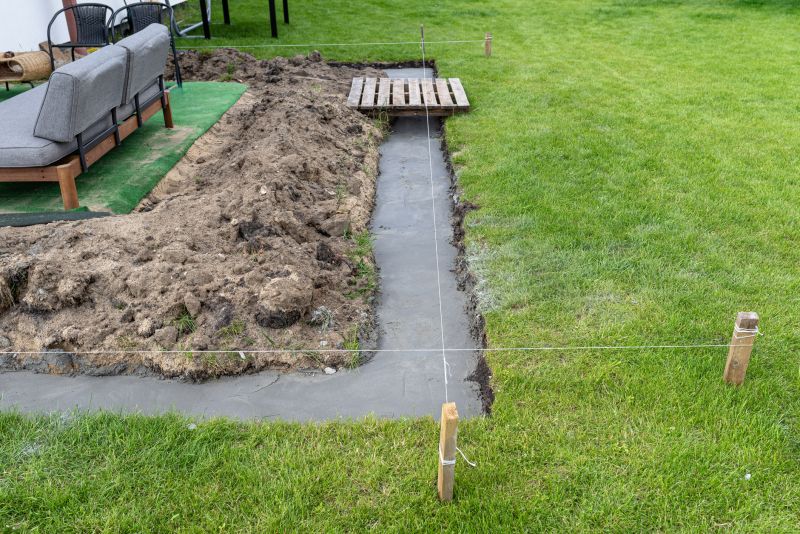
Simple add-ons that improve Concrete Installations without blowing the budget.
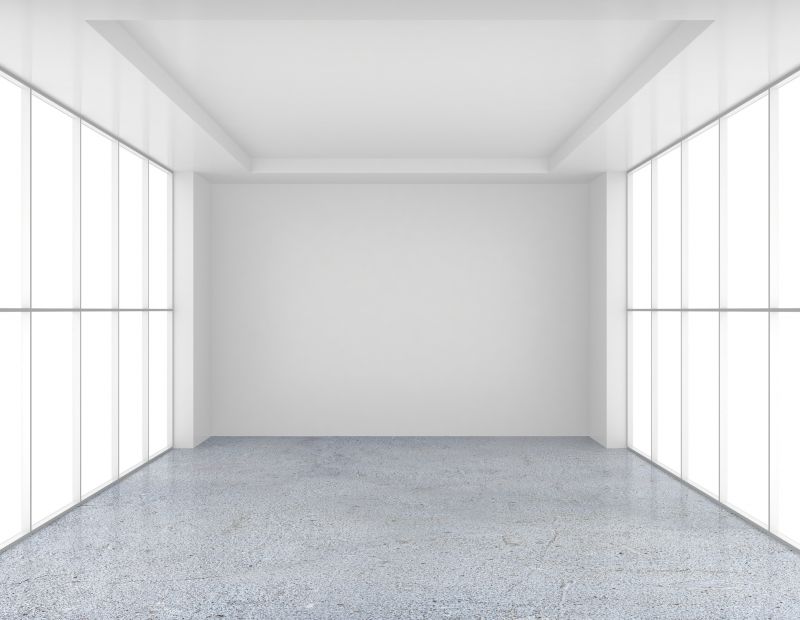
High-end options that actually feel worth it for Concrete Installations.
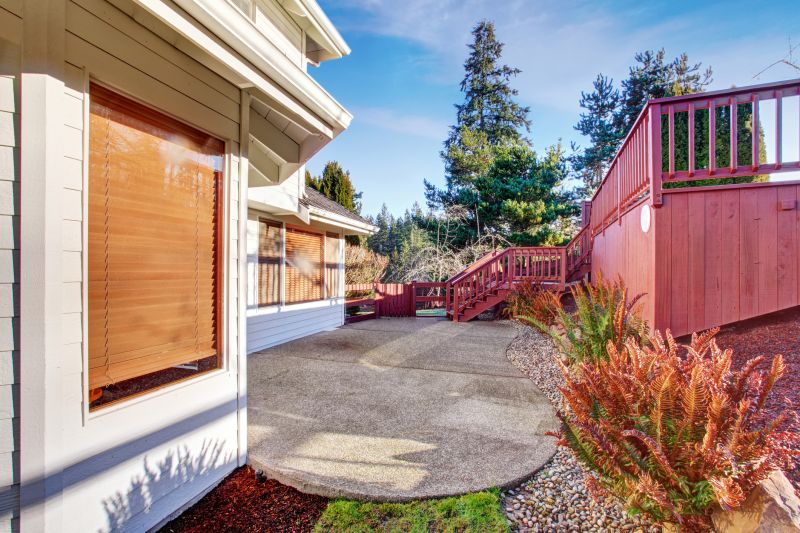
Finishes and colors that play nicely with Concrete Installations.
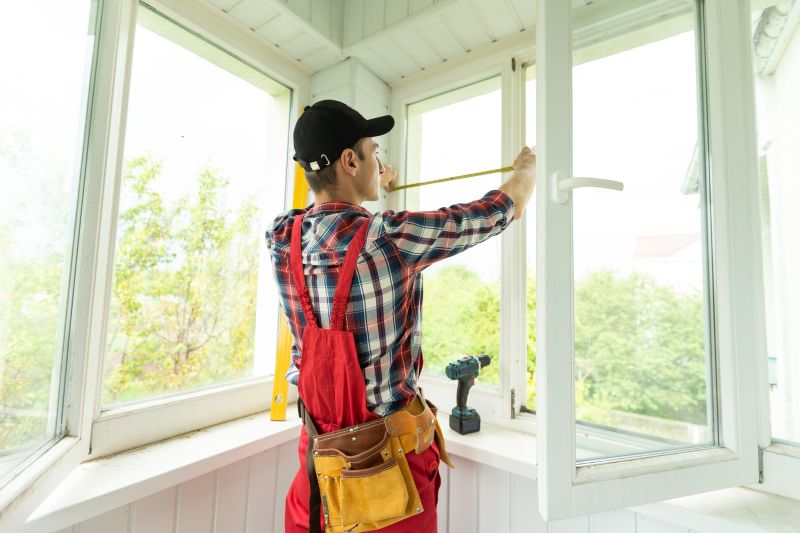
Little measurements that prevent headaches on Concrete Installations day.
Concrete installations are highly dependent on weather conditions to ensure proper curing and strength. The optimal time for pouring concrete typically aligns with moderate temperatures and low humidity. Spring and early fall are often preferred due to milder weather, reducing the risk of cracking or improper setting.
Temperatures that are too high can cause rapid evaporation of moisture, leading to surface cracks, while cold temperatures may delay curing or cause freezing issues. The ideal temperature range for concrete placement is generally between 50°F and 75°F. Planning concrete projects during these periods can result in better durability and longevity.
Weather significantly impacts concrete curing. Proper temperature and moisture levels are essential for optimal strength development.
These seasons offer moderate temperatures and lower humidity, ideal for concrete installation.
High heat or freezing conditions can compromise concrete quality and should be avoided or carefully managed.
Monitoring weather forecasts and scheduling accordingly can prevent delays and ensure quality results.
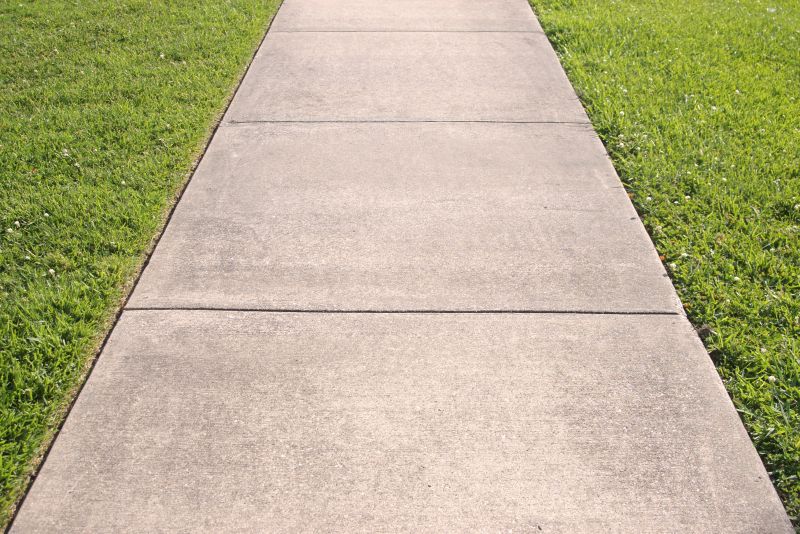
A 60-second routine that keeps Concrete Installations looking new.
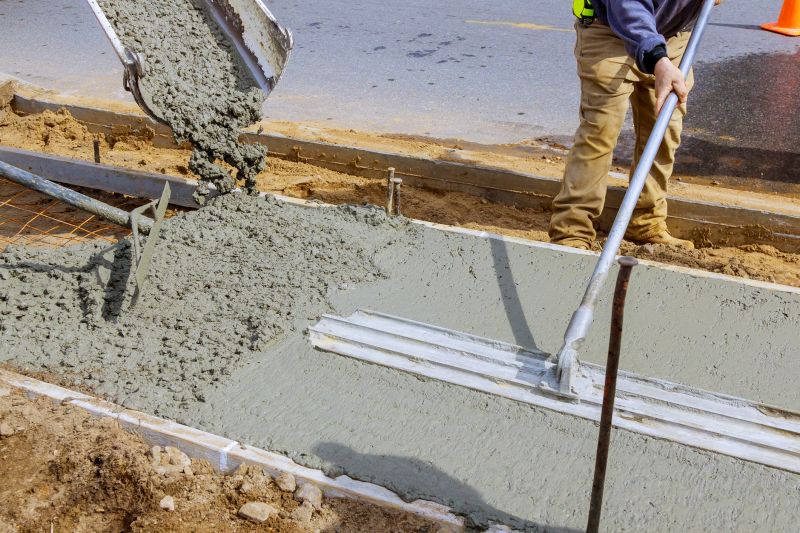
A frequent mistake in Concrete Installations and how to dodge it.

Small tweaks to make Concrete Installations safer and easier to use.
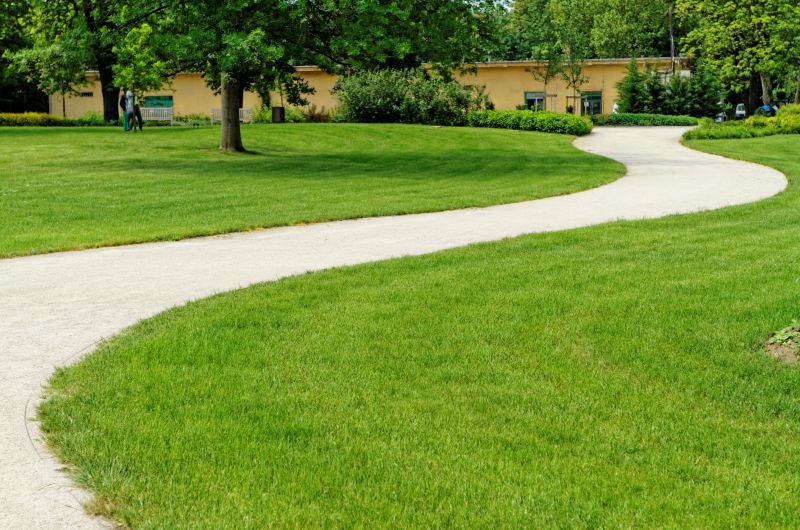
Lower-waste or water-saving choices for Concrete Installations.
| Season | Ideal Temperature Range |
|---|---|
| Spring | 50°F to 75°F |
| Summer | 60°F to 80°F (with precautions) |
| Fall | 50°F to 75°F |
| Winter | Above 40°F (with heating methods) |
Understanding the best times for concrete installation can lead to stronger, more durable surfaces. Proper planning around weather conditions minimizes risks such as cracking, shrinkage, and delayed curing. Consulting with experienced professionals can further optimize scheduling and results.

The short, realistic tool list for quality Concrete Installations.
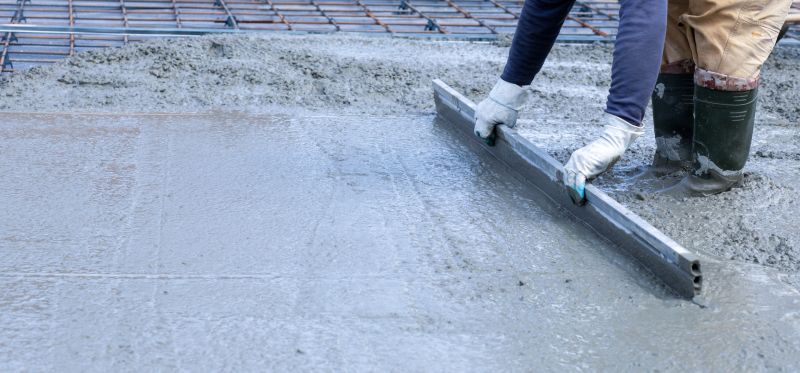
Rough timing from prep to clean-up for Concrete Installations.

Quick checks and paperwork to keep after Concrete Installations.
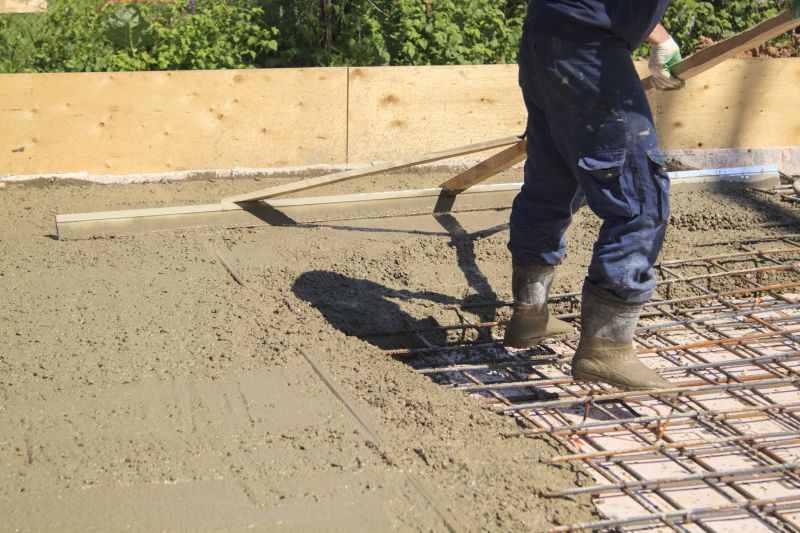
Examples that show the impact a good Concrete Installations can make.
Interested parties seeking to schedule concrete installations are encouraged to contact for planning assistance. Proper timing ensures high-quality results and long-term performance of the concrete surfaces.

